Pharmacology For Canadian Health Care Practice 3rd Edition By Linda Lane Lilley PhD RN – Test Bank
MULTIPLE CHOICE
1. A patient diagnosed with migraine headache is experiencing what type of pain?
a. Acute pain
b. Persistent pain
c. Vascular pain
d. Phantom pain
ANS: C
Vascular pain is thought to account for a large percentage of migraine headaches. It is believed to originate from vascular or perivascular tissues. It is characterized by persistent and recurring pain lasting 3 to 6 months. Acute pain is sudden and usually subsides when treated. Phantom pain occurs in the area of a body part that has been removed—surgically or traumatically—and is often described as burning, itching, tingling, or stabbing. It can also occur in paralyzed limbs following spinal cord injury.
DIF: Cognitive Level: Comprehension REF: p. 196
2. An 18-year-old basketball player fell and twisted his ankle during a game. Which type of analgesic is he likely to be given?
a. A synthetic opioid, such as meperidine hydrochloride
b. An opium alkaloid, such as morphine sulphate
c. An opioid antagonist, such as naloxone hydrochloride (Suboxone®)
d. A non-opioid analgesic, such as tramadol
ANS: D
Pain originating from skeletal muscles, ligaments, and joints usually responds to non-opioid analgesics such as nonsteroidal anti-inflammatory drugs (NSAIDs). All drugs in the NSAID class are especially useful for pain associated with inflammatory conditions because these drugs have analgesic and anti-inflammatory effects.
DIF: Cognitive Level: Application REF: p. 207
3. A patient is in the recovery room following abdominal surgery. He is groggy but reports severe pain around his incision. What is the most important factor for the nurse to consider during her patient assessment before administering a dose of morphine sulphate?
a. Temperature
b. Respiration rate
c. Appearance of the incision
d. Time of last bowel movement
ANS: B
One of the most serious side effects of opioids is respiratory depression, so respiration must be assessed prior to administering a dose of morphine.
DIF: Cognitive Level: Analysis REF: p. 220
4. A 78-year-old patient is in the recovery room after lengthy hip surgery. While gradually awakening, the patient requests pain medication. Within 10 minutes after receiving a dose of morphine sulphate, the patient is very lethargic; respiration is shallow, at a rate of nine respirations per minute. What necessary action may the nurse need to perform?
a. Close observation for signs of opioid tolerance
b. Immediate intubation and artificial ventilation
c. Administration of naloxone, an opioid reversal agent
d. Administration of an agonist opioid, such as fentanyl (Duragesic Mat)
ANS: C
Naloxone, an opioid reversal agent, is used to reverse the effects of acute opioid overdose and is the drug of choice for reversal of opioid-induced respiratory depression.
DIF: Cognitive Level: Application REF: p. 206
5. A patient will be discharged with a 1-week supply of an opioid analgesic for pain management after his abdominal surgery. What should the nurse teach this patient in regard to this drug?
a. How to manage diarrhea
b. How to access drug addiction programs
c. How to prevent constipation
d. How to avoid dehydration due to polyuria
ANS: C
Gastrointestinal occurrences such as nausea, vomiting, and constipation are the most common adverse effects associated with opioid analgesics. Physical dependence usually occurs in patients undergoing long-term treatment.
DIF: Cognitive Level: Application REF: p. 206| p. 219
6. A patient who has been treated for lung cancer for 3 years has noticed that over the past few months the opioid analgesic that is being used is not helping as much, and says that taking more medication is needed for the same pain relief. What is this patient experiencing?
a. Opioid toxicity
b. Addiction
c. Opioid tolerance
d. Abstinence syndrome
ANS: C
Opioid tolerance is a common physiological result of long-term opioid use. Patients with opioid tolerance require larger doses of the opioid agent to maintain the same level of analgesia.
DIF: Cognitive Level: Comprehension REF: p. 200
7. A 38-year-old male has arrived at the urgent care centre with severe hip pain after falling from a ladder at work. He has taken several pain pills over the past few hours but cannot remember how many he has taken. He hands the nurse an empty bottle of acetaminophen (Tylenol®). What is the most serious toxic effect of acute acetaminophen overdose?
a. Tachycardia
b. Central nervous system (CNS) depression
c. Hepatic necrosis
d. Nephrotic necrosis
ANS: C
Hepatic necrosis is the most serious acute toxic effect of an acute overdose of acetaminophen. Tachycardia and CNS depression are not side effects of acute acetaminophen overdose. Long-term, not short-term, ingestion of large doses is more likely to result in nephropathy.
DIF: Cognitive Level: Comprehension REF: p. 211
8. The drug pentazocine (Talwin®) is a narcotic agonist–antagonist. Which statement describes a characteristic of this type of medication?
a. It has minimal analgesic effects.
b. It works to reverse the effects of opiates.
c. Its adverse effects differ from those of the opiate narcotics.
d. It has a lower addiction potential than opiate narcotics.
ANS: D
Opioid agonist–antagonist drugs generally have lower addiction potentials than opiate narcotics.
DIF: Cognitive Level: Comprehension REF: p. 211
9. A 57-year-old patient has been on a transdermal narcotic analgesic as part of the management of pain for end-stage breast cancer. Lately, she has experienced “breakthrough” pain. How should this pain be addressed?
a. She should be given NSAIDs.
b. Her current therapy should not be changed.
c. The baseline dose of the narcotic may need to be increased in increments.
d. The narcotic route should be changed to the rectal route, to increase absorption.
ANS: C
If a patient is requiring larger doses for breakthrough pain, the baseline dose of the narcotic may need to be titrated upward.
DIF: Cognitive Level: Analysis REF: p. 201
10. For which situation is the herb feverfew commonly used?
a. Muscle aches
b. Headaches
c. Leg cramps
d. Incisional pain after surgery
ANS: B
Feverfew is commonly used to treat migraine headaches, menstrual problems, arthritis, and fever. Possible adverse effects include muscle stiffness and muscle and joint pain.
DIF: Cognitive Level: Comprehension REF: p. 219


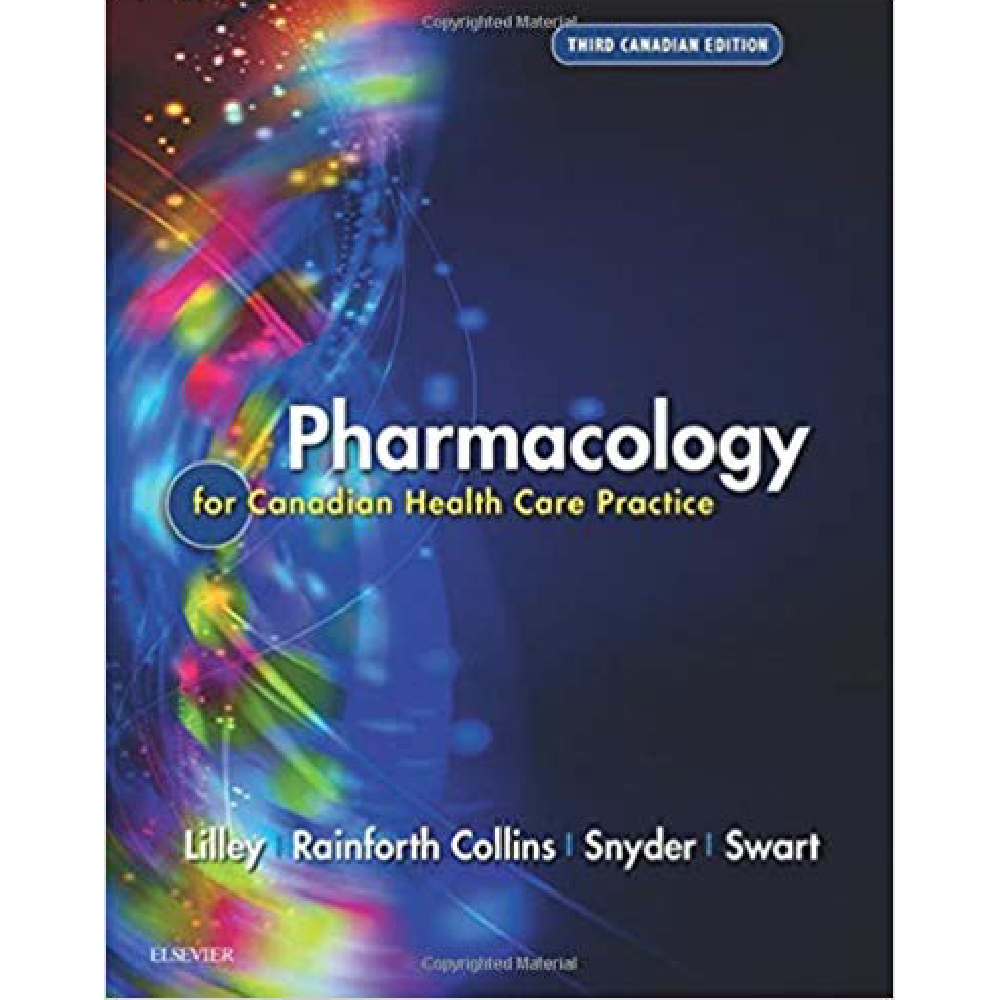


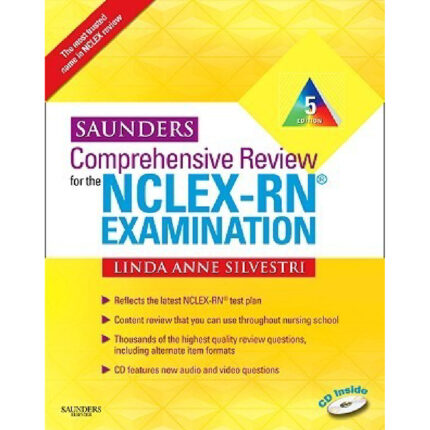

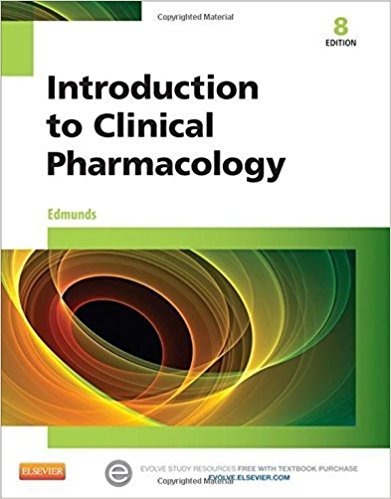


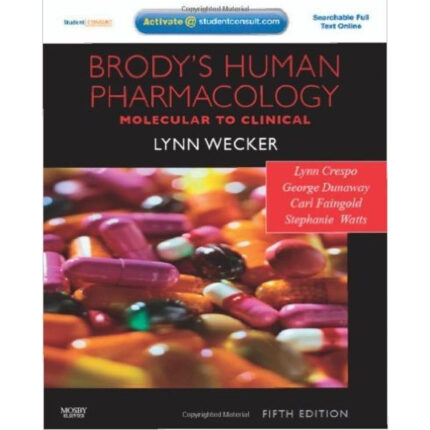
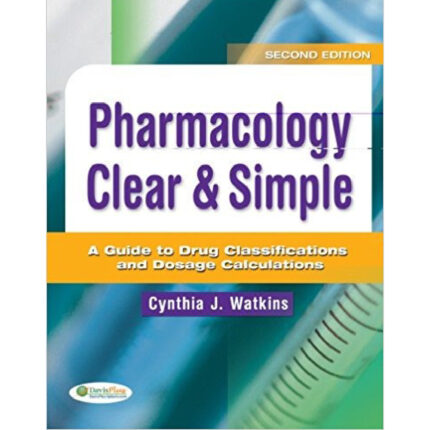

Reviews
There are no reviews yet.